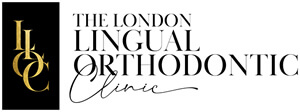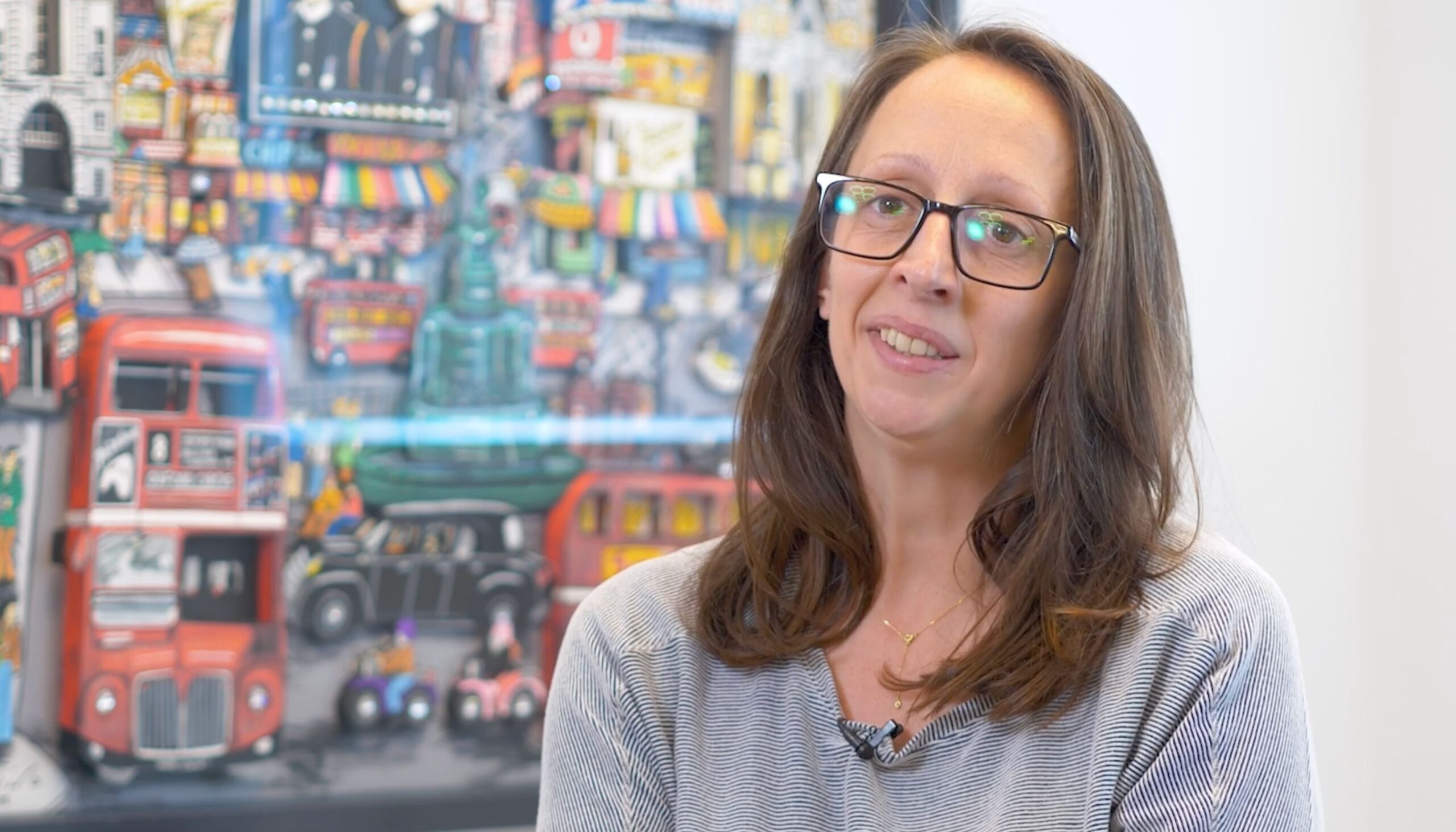Speaking in our native tongue is something that seems to happen. And because it happens so automatically, our speech can be upset when there is change in our mouth, such as dental treatment or an injury. If someone is considering orthodontic treatment , then they may find that there are challenges to their speech. And if they earn their living through public speaking they may need some short-term assistance. I am very fortunate that I have a speech therapist as part of my remote team.
Annie Morrison describes herself as a voice tutor therapist and this make her the perfect person for my team. Every now and then I have a patient who is an actor or a singer or who has a public-facing role and they are concerned about the impact the orthodontic treatment might have on their voice. I don’t refer many patients to Annie but those who I do refer are immensely grateful.
How does she help? There is no one single solution, she says, but a combination of approaches are provided to help patients understand their speech and what needs to change. It might be that they need to make their tongue more muscular, so they have more control over how it moves or where it sits. Or it might be the way they open their mouth or how they breathe. The voice is an instrument, she says, and, like all instruments, it needs to be in optimum condition. If there is any stress or tightness in the jaw, for instance, the vocal chords will be affected.
When we speak, the tongue tip uses the back of the teeth to enunciate words. For my patients, lingual braces impinge on the tongue and make it sore. In the early days of braces, my patients need to adapt their tongue to this metal invasion – and this is where Annie can help.
In order to make the speech clear, she says, she isolates the tongue and the lips and helps the patient create a vertical space so the tongue becomes more muscular. My patients often tell me their tongue is too big but really this is a lack of muscle. I help them develop the muscle of their tongue, so it finds its power. I also help them find a new place for the tongue to sit.
But she doesn’t rush. The reconditioning takes time and she likes her patients to have two appointments at least. At the first appointment, she develops exercises. Then, when she feels they are ready, she encourages them to move their tongue differently.
I got to know Annie after she spoke at the British Orthodontic Conference. She described how she was coaching an actor in braces who was being treated by a colleague of mine. I knew instantly that she would be able to help patients of mine. She says of her work: It’s a vocation which has found me and won’t let me go.
I feel just the same about orthodontics, which may be why we get on so well.













